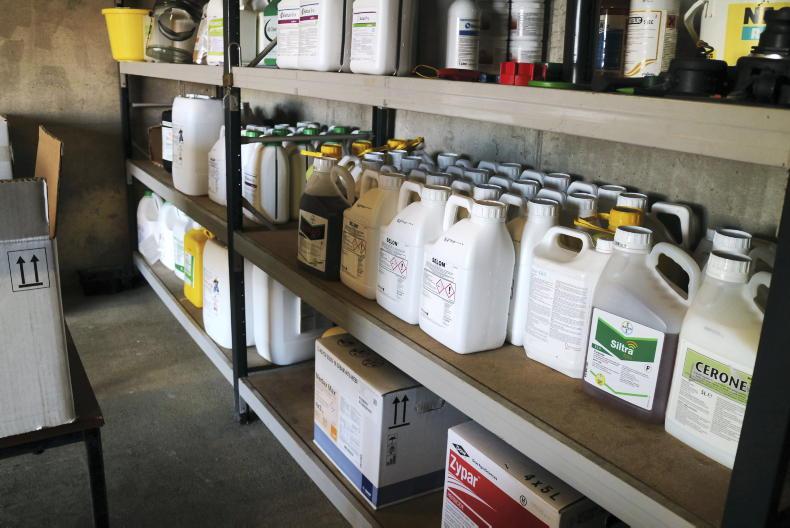Sowing wildflowers into seed potato crops could soon offer an alternative to insecticides for growers by reducing virus-carrying aphid populations.
Trials are under way in Scotland to determine the effectiveness of growing flower strips in tramlines and headlands to promote natural predator populations to reduce pests as part of an integrated pest management (IPM) strategy.
The virus incidence in the 2019 Scottish seed potato crop hit a 20-year high. Early test results indicate that incidence rates could be equally as high in 2020.
The main culprit is Potyvirus (PVY), principally the PVYN strain. However, PLRV has also increased, albeit from a very low base. These viruses are spread by aphids.
Wildflowers
The research project was inspired by similar work by Rothamsted into integrating wildflowers into carrot fields.
It involves the establishment of 3m-wide strips of wildflowers between the tramlines and on headlands, creating floral food resources and a refuge habitat attractive to hoverflies, lacewings and ladybirds. These insects are natural predators to aphids.
Senior agronomist and potato specialist at Scottish Agronomy Eric Anderson is leading the trials and has identified that cornflower, common vetch and yarrow are highly effective in attracting these natural enemies.
It is hoped that natural predation from the insects attracted to the wildflowers will control aphid populations in the potatoes.
Corridors
“This will create corridors closer to the crop, increasing biodiversity in a move away from a monoculture system with its high reliance on chemical controls and creating greater impact as the predators are closer to the pests,” Eric explains.
“It has long been recognised that aphids are preferentially attracted to light reflected from soil in blank beds and the contrasting neighbouring plants.
“Sowing wildflower mixes or alternatively spreading straw mulch in these blank beds are practical mitigation techniques for early generation - FG2 and FG3 - seed growers, with a disproportionately higher number of separation zones between the numerous seed stocks,” he concluded.










SHARING OPTIONS